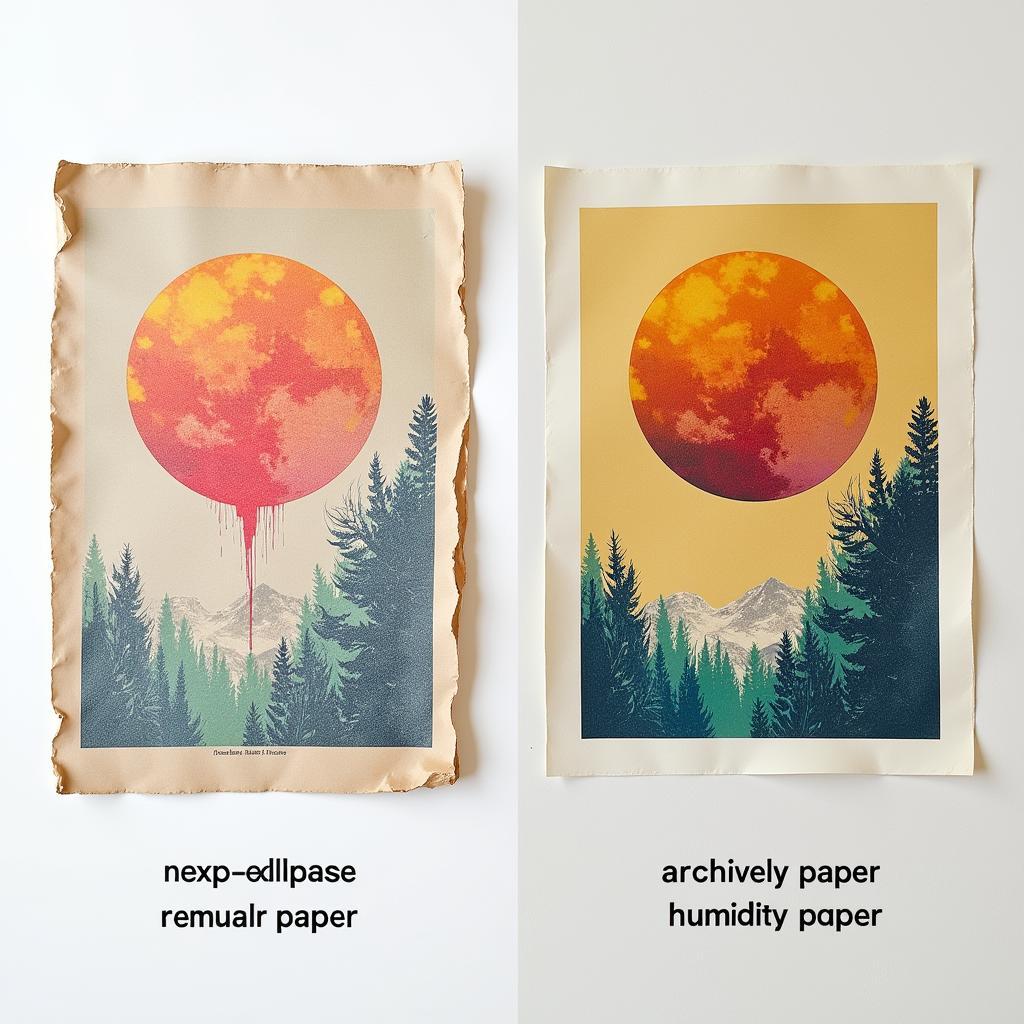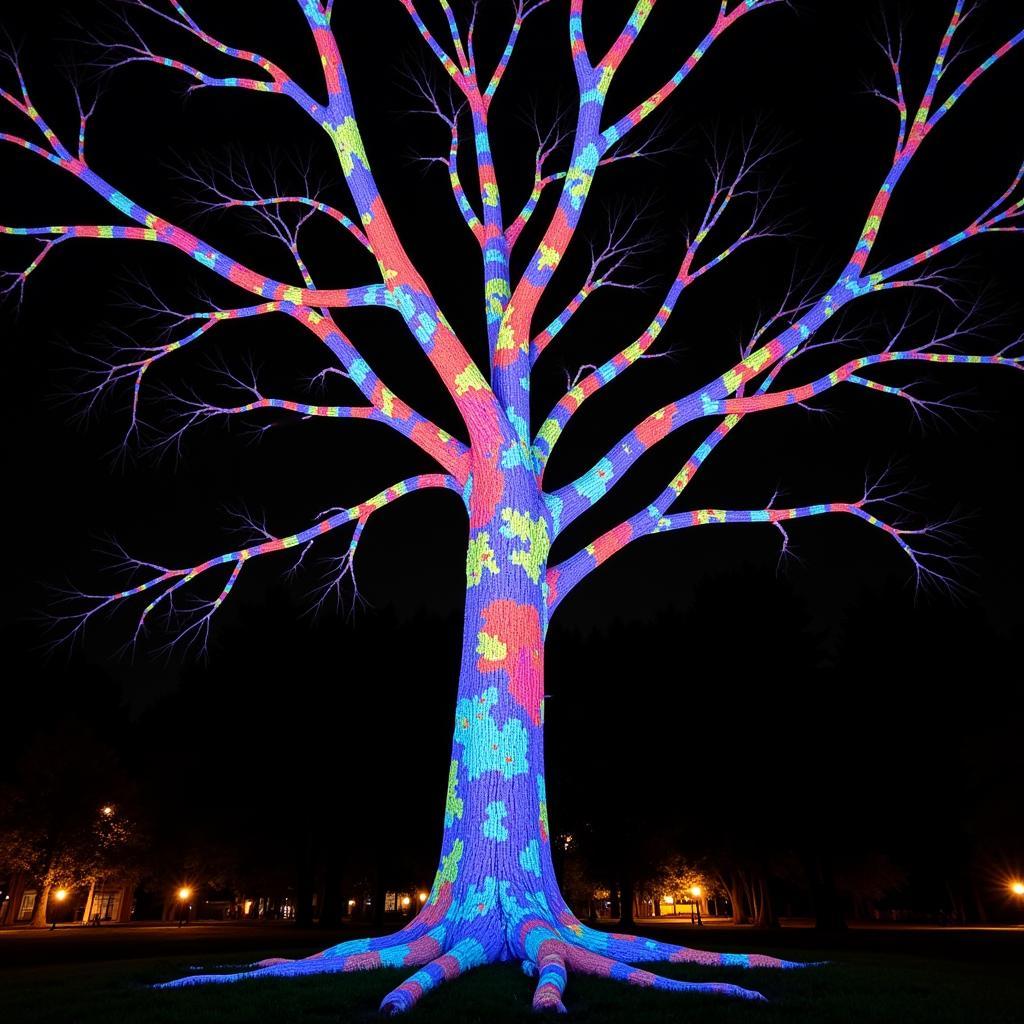Print on Art Paper: A Digital Artist’s Guide to Exquisite Prints
Print On Art Paper is the bridge between the digital canvas and the tangible artwork. It’s the process of transforming pixels into prints, bringing digital creations to life in the physical world. For digital artists, choosing the right art paper is crucial for showcasing their work in its best light. Just after finishing a piece, the excitement to see it printed is palpable, and selecting the perfect paper elevates that experience. what paper to use for art prints
Understanding Art Paper Types for Printing
The world of art paper is vast and varied, offering a plethora of options for digital artists. Each paper type possesses unique characteristics that influence the final print’s appearance and feel. From smooth, glossy surfaces ideal for vibrant, detailed prints to textured, matte papers that lend a softer, more artistic touch, understanding these nuances is key. Factors like weight, brightness, and texture contribute to the overall effect.
Navigating Paper Weight and Brightness for Art Prints
Paper weight, measured in GSM (grams per square meter), directly impacts the paper’s thickness and durability. Heavier papers generally feel more substantial and luxurious, while lighter weights offer a more delicate feel. Brightness, on the other hand, refers to the paper’s ability to reflect light. A higher brightness results in a crisper, more vibrant print, while a lower brightness can create a warmer, more muted tone. Choosing the right combination of weight and brightness is essential for achieving the desired aesthetic.
Choosing the right paper can significantly enhance the impact of your artwork. Consider the texture, weight, and finish to complement your artistic style. A textured paper, for instance, can add depth and dimension to a landscape painting, while a smooth, glossy paper might be better suited for a vibrant, graphic design.
Archival Quality: Preserving Your Digital Art for Generations
When printing artwork, particularly for sale or display, archival quality is paramount. Archival paper is specifically designed to resist fading, yellowing, and deterioration over time, ensuring that your artwork remains vibrant and beautiful for generations to come. This type of paper is acid-free and lignin-free, protecting your prints from the damaging effects of environmental factors. Investing in archival paper is an investment in the longevity of your art.
What Does Archival Paper Mean for Your Artwork?
Archival paper signifies a commitment to preserving the integrity of your digital creations. It’s a testament to the value you place on your art and the desire to share it with future generations. Using archival paper elevates your prints from mere reproductions to cherished pieces of art.
“Archival paper is not just about longevity,” says renowned digital artist Anya Petrova, “it’s about respecting your work and ensuring that it’s presented in the best possible way.” This sentiment echoes the importance of archival quality in the digital art world.
Understanding the nuances of archival quality can empower artists to make informed decisions about preserving their work. The paper’s composition, manufacturing process, and storage conditions all play a crucial role in its long-term preservation.
 Archival Paper and Print Longevity
Archival Paper and Print Longevity
Exploring Different Printing Techniques for Art Paper
Various printing methods are available for print on art paper, each offering distinct advantages. Giclée printing, for instance, is known for its high-resolution output and ability to reproduce a wide color gamut, making it a popular choice for fine art prints. Other methods, like inkjet printing, provide a more accessible and versatile option for a range of art paper types.
Matching the Right Printing Technique to Your Chosen Paper
The choice of printing technique should complement the chosen art paper. A smooth, glossy paper might be ideal for Giclée printing, showcasing the intricate details and vibrant colors. A textured paper, on the other hand, might be better suited for inkjet printing, allowing the texture to enhance the overall artistic effect.
“Choosing the right printing technique is just as crucial as choosing the right paper,” notes experienced printmaker David Chen. “It’s about finding the perfect synergy between the two to bring your digital vision to life.”
Best Paper for Digital Art Prints: A Conclusion
In conclusion, print on art paper is an integral part of the digital artist’s journey. From selecting the perfect paper type to understanding archival quality and exploring different printing techniques, every decision contributes to the final presentation and longevity of your artwork. By carefully considering these factors, you can ensure that your digital creations are transformed into exquisite prints that truly capture the essence of your artistic vision.
best paper for digital art prints
FAQ
- What is GSM in art paper?
- What is the difference between archival and non-archival paper?
- What is Giclée printing?
- What are the best paper types for inkjet printing?
- How do I choose the right paper for my digital art?
- What is the importance of paper weight in art prints?
- How does paper brightness affect the final print?
Contact Us for Support
Need help with printing your digital art? Contact us at Phone Number: 02462573573, Email: danteum@gmail.com or visit us at Savico Megamall, 7-9 Đ. Nguyễn Văn Linh, Gia Thụy, Long Biên, Hà Nội 10000, Việt Nam. We have a 24/7 customer support team ready to assist you.


